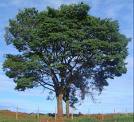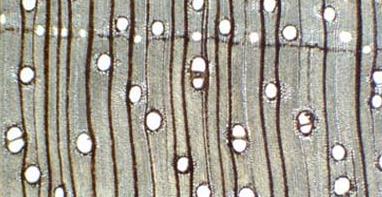 The diesel tree can be tapped every six month for 20+ litres of fuel, and it will continue producing for around 70 years. One acre with around 100 mature (15-20+ years old) trees would produce up to 25 barrels of diesel per year which could sustain the fuel needs of small farms (40 litres per tree per year). With one gallon of diesel typically taking around 7 barrels of crude oil to produce, natural diesel could also become a cash crop for S. American farmers.
The diesel tree can be tapped every six month for 20+ litres of fuel, and it will continue producing for around 70 years. One acre with around 100 mature (15-20+ years old) trees would produce up to 25 barrels of diesel per year which could sustain the fuel needs of small farms (40 litres per tree per year). With one gallon of diesel typically taking around 7 barrels of crude oil to produce, natural diesel could also become a cash crop for S. American farmers.
With a reported potential per acre yield of 1,250 gallons per year, the diesel tree compares very favourably with the 30 gallons of ethanol which can be derived from an acre of corn. Note however that natural diesel must be used within 3 months of extraction or it loses its potency.

The diesel tree is native to Brazil, Argentina, Venezuela, and Paraguay and is evergreen. It will grow to around 35 metres tall with a 1 metre diamater trunk in locations with a mean annual temperature of 20-27 degrees Celcius, no frost, 1000-4000mm of annual rainfall, and acidic soil (4.5-7.5pH).
Natural diesel biofuel (terpene hydrocarbons) collect in thin capillaries extending the full height of the tree. Pictured above is an image of the cellular structure of the diesel tree.
Commercial Diesel Tree Harvesting Outside Brazil
20,000 diesel trees have recently been planted by farmers in the tropics of North Queensland, Australia. One hectare of trees (250-350) should be enough to provide 12,000 litres of free diesel to fuel an average-sized family farm once the trees have reached maturity in 15-20 years time. At the end of the tree’s natural life, it can be chopped down and its light brown timber used – typically by cabinet makers.
Unfortunately, the tropical conditions required by the diesel tree prevent it from being grown for oil in North America (Southern Florida excepted) and in Western Europe.
More Information
Click here for more information about Copaifera Langsdorfii, or here.